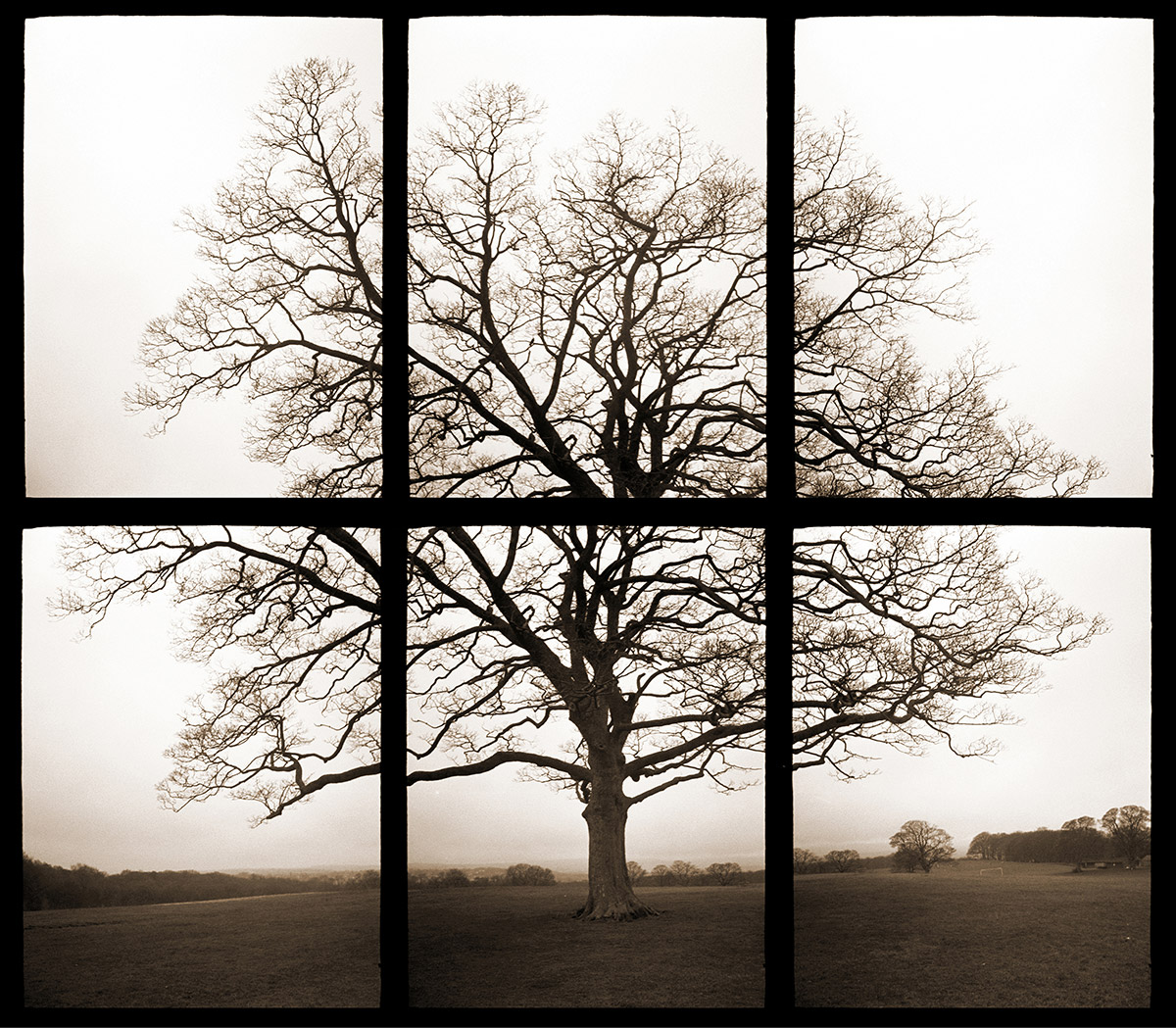Yashica Mimy
The Yashica Mimy is a half frame 35mm camera that was introduced in 1963. Half-frame cameras were popular for two reasons, for one thing you got twice as many photos from each film, and of course the cameras tended to be smaller. Whereas conventional 35mm cameras take landscape format negatives measuring 24 x 36mm, half frame cameras use a portrait format at 18 x 24mm. This means that with a 36 exposure film you get a whopping 72 pictures per roll, which can be a bit daunting. From the point of view of economy, you certainly saved money on film, but if you planned to get them all printed, the savings became somewhat more modest. These cameras were aimed at the keen amateur, the smaller negative size was adequate for standard sized album prints, but wouldn’t really stretch to say a 10×8 inch enlargement.
Though the name half-frame might suggest that the cameras are half the size of a normal 35mm camera, that isn’t the case. While the negative is 18mm across, compared with the full frame 36mm, everything else in the camera is still needed, the cassette chamber and take up spool, so the potential for saving size in camera design is modest, in fact there are some full frame compacts which are smaller than many half-frames.
While there were a number of more sophisticated half-frame cameras, the Mimy is firmly aimed at the snapshot end of the market. It really is a point and shoot, you don’t even have to focus as the lens is fixed. Depth of field depends on the aperture, so in bright daylight everything from 1m to infinity will be in focus, though in poor light, at full aperture, this range is reduced to 2.3m-4m.
The film speed is set via a dial on the top of the camera, adjacent to which is a moving needle with red markings to show if you are straying into under or over exposure. If there is insufficient light, a red marker appears in the viewfinder to warn you, but unlike with some cameras such as the Olympus Trip 35, it doesn’t prevent you from firing the shutter. There is a single shutter speed, a Selenium cell being used to determine the aperture depending on how much light is available.
Film speeds range from ASA (ISO) 10 to 250, a sobering reminder of how slow earlier colour films were, the ISO 12 Kodachrome film having only recently been superseded by an ISO 25 version when the Mimy was launched.
I’ve got a number of half-frame cameras, and I enjoy using them. A favourite technique is to make an image out of several separate frames shot sequentially to result in a grid, in this case one of my regular tree subjects. Using this method to make panoramic pictures has become a bit of a niche technique which has a Flickr group under the name “Penorama”, a reference to perhaps the best known Olympus Pen series of half-frame models.


